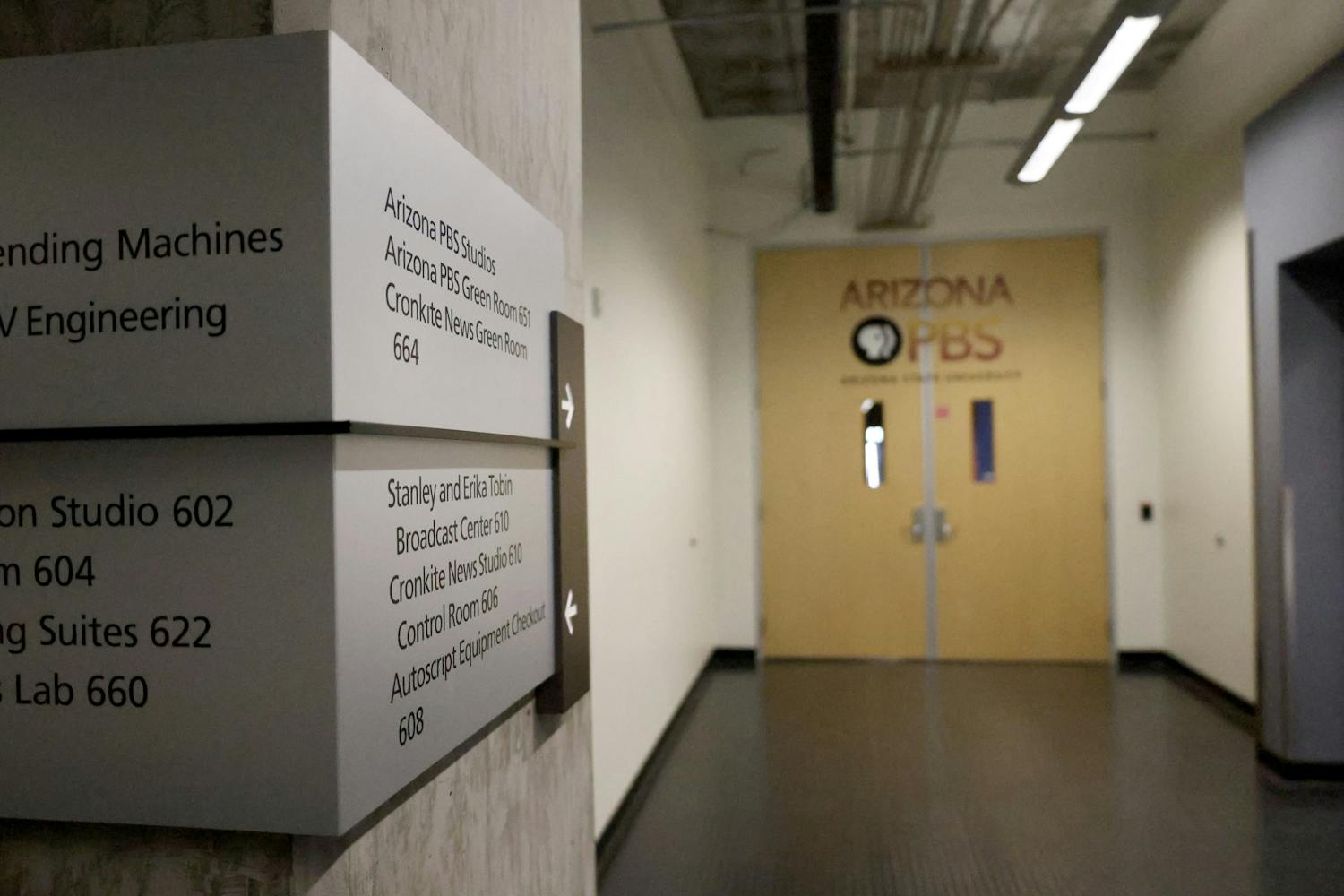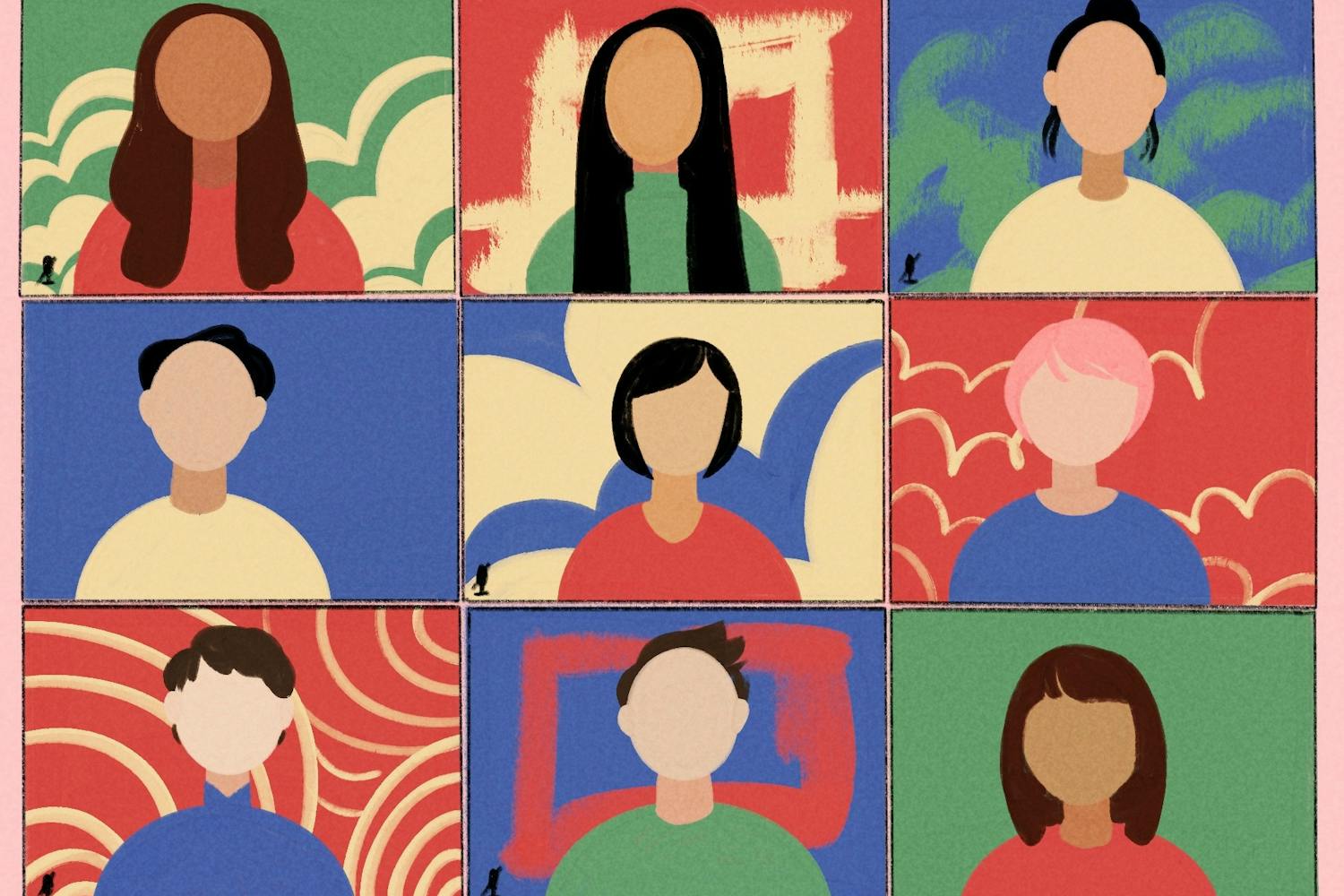When roadwork or construction forces pedestrians to take detours, ASU officials said complying with the law is not enough.
Dianne Douglas, ASU’s accessibility compliance coordinator, said the Americans With Disabilities Act does not have any specific guidelines about construction on campus.
However, Her office gets few complaints because staff members take the extra step to address possible problems for a disabled person navigating a construction site.
Douglas said ASU created a manual that helps limit obstacles for disabled students, including mandating that transition strips be present on alternative ramps, and that vehicles or equipment can’t block sidewalks or buildings.
Douglas, who must approve a project before it can begin, said an example of ASU working proactively is how ASU dealt with the main elevators of Hayden Library on the Tempe campus when they were recently under construction.
Douglas said she worked with the Disability Resource Center, which informed students about an alternative entrance, and made sure the path was accessible by directing students to a path that did not involve ramps or maneuvering around construction vehicles.
“There are a lot of things that we do that go beyond the ADA requirement,” Douglas said. “I think that is why many disabled students respect our efforts.”
Psychology sophomore Vanessa Laguerre, who uses a wheelchair, said making sure ramps are not blocked and wide enough for use is important when navigating through an unknown path.
“Overall, I would say ASU is really accessible,” Laguerre said. “That is one of the reasons I decided to come here.”
Laguerre, one of about 1,200 students registered with ASU’s Disability Resource Center, said she is grateful for the commitment ASU has shown.
RaLynn McGuire, disability access consultant for the center, said she and her colleagues will visit a construction site while a project is in progress to make sure students like Laguerre are accommodated.
McGuire, who is visually impaired, said it’s not enough to post signs and flags directing people to safe ground.
“Sometimes when they start coming up with these projects, they think it’s good to just put the little wavy flag so that people know to go around,” McGuire said. “If you have someone who’s a cane user, their cane is going to go right on through that little line of wavy flag and their foot can be in a hole somewhere.”
Because of this, the department tries to be proactive to avoid these problems when possible.
McGuire said e-mail is often used to inform students registered with the Disability Resource Center about construction projects and the alternative paths created by them.
“The most important piece of all is communication,” McGuire said, but alerts via e-mail can be challenging.
“If a person does not check their e-mail for a few days, they may not know about a project,” McGuire said. “But with ASU being so big, this is the best thing we can think of.”
Douglas said students aren’t required to disclose their disabilities, and it’s important for ASU to accommodate all students.
There are signs on all construction sites with contact information students can use to find out more information about the alternative routes, she said.
“The ADA standards may not meet everybody’s requirements, so we try our best to make the campuses accessible to all if possible,” Douglas said.
Reach the reporter at jordan.moon@asu.edu



